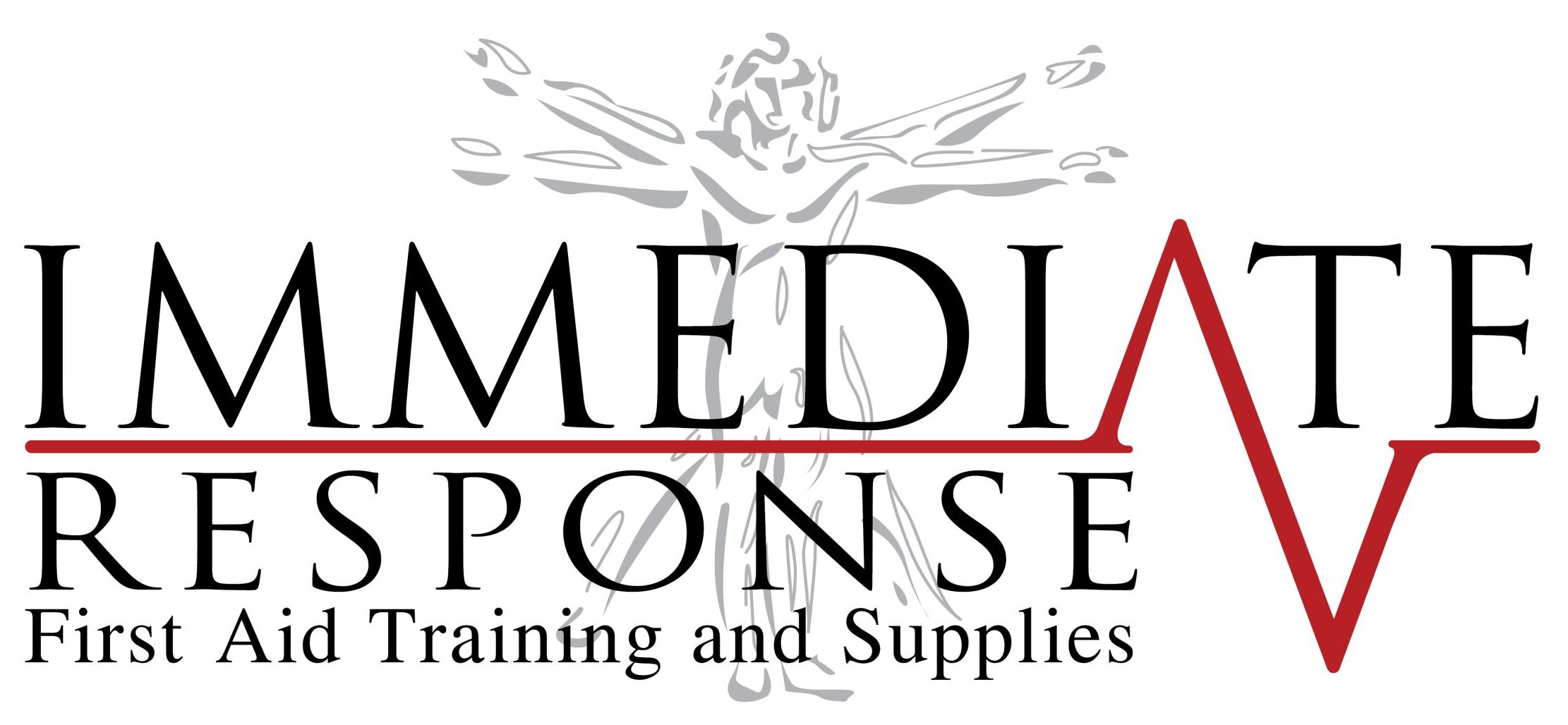Febrile convulsions, Fever
Febrile convulsions (a fit or seizure caused by a fever) are caused by a sudden change in a child’s body temperature, usually associated with a fever (temperature above 38°C). A high temperature is a sign of infection somewhere in the body and is often caused by a virus or bacterial infection.
Febrile convulsions are not harmful to the child and do not cause brain damage. They are, however, quite upsetting for parents and caregivers to witness.

![]() Loss of consciousness.
Loss of consciousness.
![]() Muscles may stiffen or jerk.
Muscles may stiffen or jerk.
![]() Face goes red or blue.
Face goes red or blue.
![]() The convulsion may last for several minutes.
The convulsion may last for several minutes.
![]() When the movements stop, the child regains consciousness but remains sleepy or irritated.
When the movements stop, the child regains consciousness but remains sleepy or irritated.

During a febrile convulsion:
 The most important thing is to stay calm – don’t panic.
The most important thing is to stay calm – don’t panic.
 Place the casualty on a soft surface, lying them on their back.
Place the casualty on a soft surface, lying them on their back.
 DO NOT restrain the casualty.
DO NOT restrain the casualty.
 Call 000 for an ambulance if no improvement.
Call 000 for an ambulance if no improvement.
 DO NOT put anything in their mouth, including your fingers – the child will not choke or swallow their tongue.
DO NOT put anything in their mouth, including your fingers – the child will not choke or swallow their tongue.
 Try to watch exactly what happens, so that you can describe it later to medical personnel.
Try to watch exactly what happens, so that you can describe it later to medical personnel.
 Time how long the convulsion lasts.
Time how long the convulsion lasts.
 DO NOT put a child who is having a convulsion in the bath.
DO NOT put a child who is having a convulsion in the bath.
After the convulsion:
 Once the convulsion ends position the casualty on their side.
Once the convulsion ends position the casualty on their side.
 Clear and open the airway and check that normal breathing has returned (watch for the rise and fall of the chest).
Clear and open the airway and check that normal breathing has returned (watch for the rise and fall of the chest).
 Call 000 for an ambulance
Call 000 for an ambulance
Remember: there is nothing you can do to make the convulsion stop.

 Avoid giving the child anything to eat or drink until fully conscious.
Avoid giving the child anything to eat or drink until fully conscious.
 Do not cool the child by artificial means such as fanning or putting in a cold bath, this can cause complications.
Do not cool the child by artificial means such as fanning or putting in a cold bath, this can cause complications.
 Allow their temperature to fall by natural means.
Allow their temperature to fall by natural means.
 Obtain medical advice as soon as possible to diagnose the cause of the seizure/convulsion and to receive appropriate medical treatment.
Obtain medical advice as soon as possible to diagnose the cause of the seizure/convulsion and to receive appropriate medical treatment.

